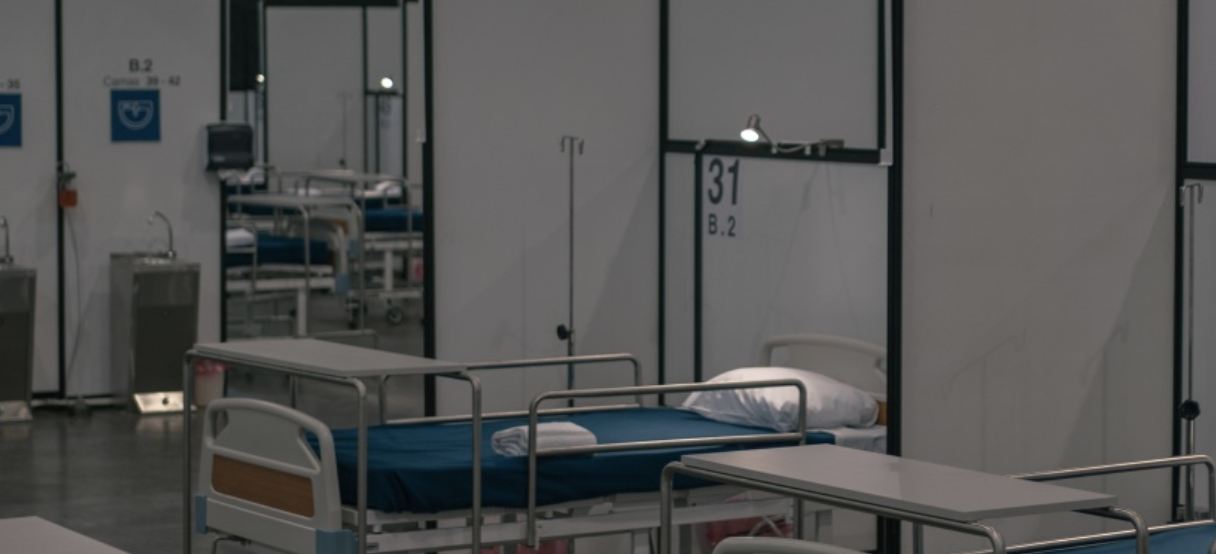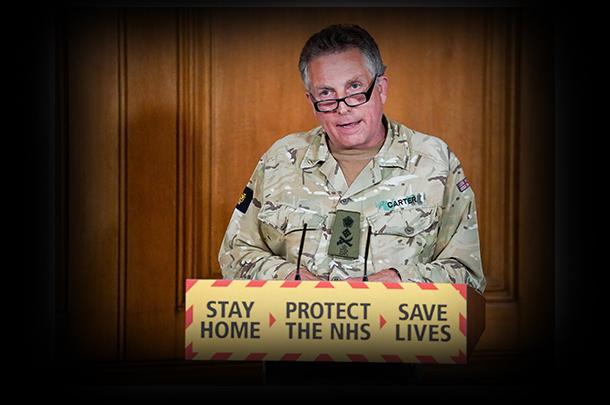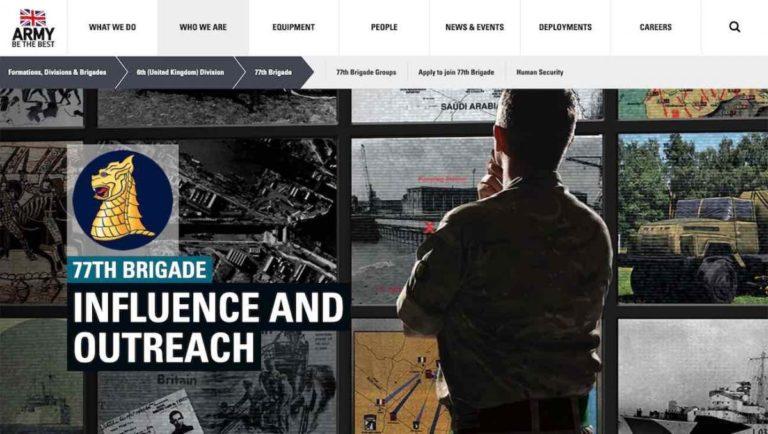Scientists Find Coronavirus Can Linger In The Air Of Crowded Spaces Longer Than We Thought
As the novel coronavirus pandemic draws inexorably closer to the 3 million mark, scientists are scrambling to understand the mechanics that drive viral transmission from person to person. Unfortunately, studies have produced sometimes conflicting results.
Yesterday, we noted a study by an Italian researcher who found evidence of coronavirus genetic material on tiny air pollution particles, raising questions about how far the virus can travel through the air, and whether higher air pollution levels might be correlated with deeper viral penetration in a given community.
Previously, scientists suspected that only relatively large globules of saliva – like those produced by a spit-talker – could easily infect another individual since they’re too large to get caught up in natural air flow and will likely land on a person’s clothes, or the floor. Smaller particles, known as ‘aerosols’, were likely too small to successfully transmit the virus to another person, according to a NYT rundown of possible means of infection.
As confusion about the virus and its behavior reigns, Bloomberg reported on a new study by a pair of Chinese scientists showing that the virus appears to linger in the air longer than previously thought. If these findings are eventually confirmed, they would directly contradict a WHO ‘recommendation’ that only health-care workers need to wear facemasks – guidance that has already been dismissed by the US and other member states.
Studies carried out at two hospitals in Wuhan found the largest concentrations of the virus in the hospital toilets and in rooms where nurses and doctors change out of their medical scrubs. But scientists detected at least some ambient levels of the virus in most of the hospital rooms it examined. The study was published Monday in the journal Nature Research. Like with other ‘aerosol’ studies involving SARS-CoV-2, researchers didn’t seek to establish whether the airborne particles could cause infections.
The study was published in the Journal of Natural Research.
At two hospitals in Wuhan, China, researchers found bits of the virus’s genetic material floating in the air of hospital toilets, an indoor space housing large crowds, and rooms where medical staff take off protective gear. The study, published Monday in the journal Nature Research, didn’t seek to establish whether the airborne particles could cause infections.
The question of how readily the new virus can spread through the air has been a matter of debate. The World Health Organization has said the risk is limited to specific circumstances, pointing to an analysis of more than 75,000 cases in China in which no airborne transmission was reported.
To create a point of reference for the hospital studies, researchers also measured ambient aerosol virus levels in places like supermarkets or Chinese apartment buildings. Here, they found, concentrations of the virus were much lower.
If there’s anything that can be extrapolated in terms of recommendations for public behavior, it’s that next time you use a public restroom, be absolutely sure to wash your hands thoroughly and avoid touching your face after.
Amercans’ No. 1 complaint about the government’s response to the outbreak has been confusion as experts and officials make different – sometimes contradictory – recommendations. One of the most controversial pieces of advice is the recommendation that people wear masks out in public, as people struggle to grasp that the initial recommendation not to wear masks was made to preserve dwindling stocks for health-care workers.
While there’s no direct evidence from this study about whether these particles are infectious, we suspect most people would rather not be exposed to potentially dense quantities of virus-carrying aerosols without wearing an N95.
Tyler Durden
Thu, 04/30/2020 – 04:55
via ZeroHedge News https://ift.tt/3f7SYoz Tyler Durden




